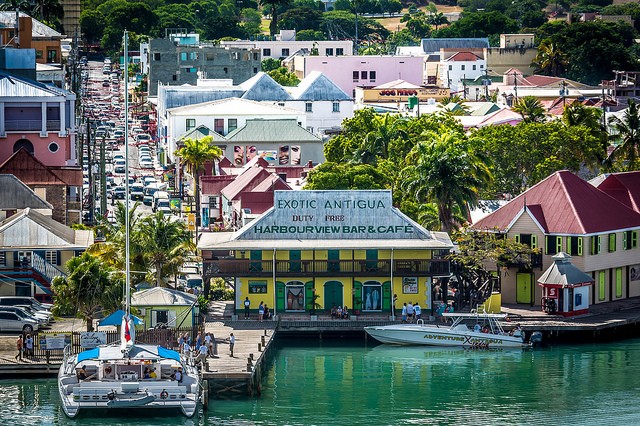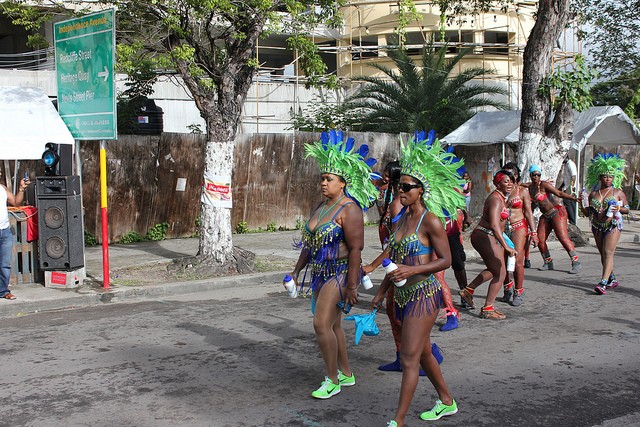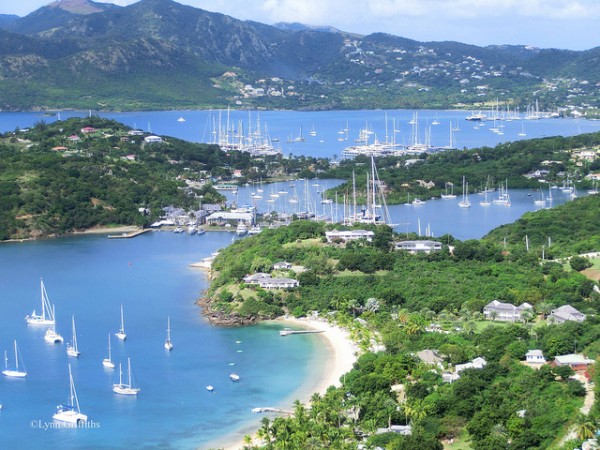 the Travel Enthusiast
the Travel Enthusiast
- 24 May
Adam in Amazing Places | NO COMMENTSAntigua and Barbuda, The Heart of The Caribbean
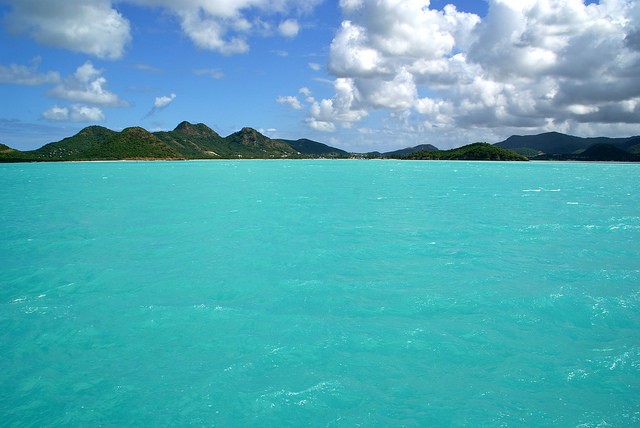
Lying in the middle of the Caribbean, Antigua and Barbuda is famous for its typical sites ©Roman Melnichuk/flickr
Antigua and Barbuda is a sovereign island that is situated on the Caribbean. The capital of the country is St John’s. It has 3 main islands, Antigua (280 sq km), Barbuda(161 sq km) and Redonda (1,6 sq km). The total coastline is 153 km.
The official language is English but English based Creole is also widely spoken. The currency is the Eastern Caribbean Dollar.
The population of the country is roughly 90.000, 30% of them living in urban areas. 91% of them are African descent and the rest of them are European and Asian descent.
The political status of the country is monarchy, the current monarch being Queen Elizabeth II.
Antigua and Barbuda is a rich country, but faced some issues during the 2000’s which reduced the economy. Nevertheless, the government is pushing forward to gain back it’s wealth by reform programs. Tourism is the most major sector of the country. It is well known for its many luxurious resorts. Services are 78,4%, Industry 19,2% and Agriculture is 2,4%. The primary exports are food, beverages, clothes and furniture.
The infrastructure of the country is good and quite developed, although only 40% of the roads are paved. The road network is about 1,200 km. St John’s port is the only main port of the country, both used for passengers and cargo. V.C International airport is the only airport on the island and is situated near 8 km from the capital. Car hire companies are found throughout the country. Because it is a member of Commonwealth and was once a former British Colony, the traffic is on the left side.
Since tourism is an important factor, there are few sights that are worth a visit in the country. Some main attractions are the following:
- Nelson’s Dockyard is one of the oldest docks on the Caribbean hemisphere. The notorious and powerful Admiral Horatio Nelson lived here from 1784 to 1787. It is a famous place for sailing and yachting
- St John’s Cathedral is a 17th century Anglican place of worship, being one of the oldest churches on the Caribbean.
- Mount Obama is Antigua’s highest point(1,329 ft), being named after the current president of the United States of America.
- Fort James is a 18th century military complex built by the British. It was built because of the fear of French invasion of the island.
The topography of the country is one of the most intriguing and beautiful. It has the reputation for having the most unique beaches on the region. It has about 365 beaches, and all of them are uncommon because of its fine soft pink and white sand.
- Flights
- Hotels
- Packages
- Cars
- Cruises
travel search by Travelgrove (get this widget)The tropical trees lined up are also noteworthy. Palm trees are widespread throughout the entire country. The climate is tropical and drier than most Caribbean islands. The rain season is between May to November. Flooding and Hurricanes are major problems of the country.
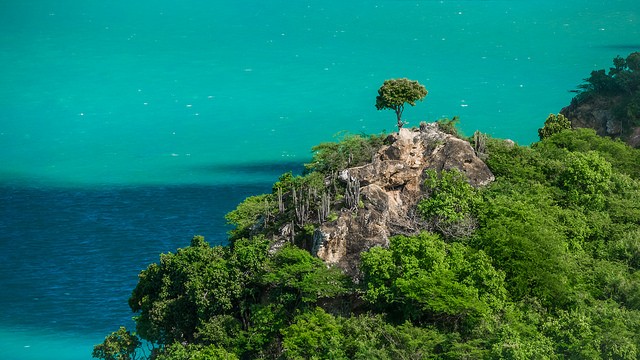
Saint John’s harbour view from above. An exceptionally beautiful sight of Antigua. ©David Kirsch/flickr
Environmental issues are limited fresh water resources.
Because the island was cleared for sugar plantations, little is known about the original vegetation. Unlike other islands on the Leeward group hemisphere, it has little forests. Mangos, guavas, coconuts and bananas grow. Barbuda is wooded in the north-east that provides a haven for wildlife.
The fauna is vast. There are more than 150 species of birds. Wild pigs, ducks, deer and guinea fowl are the most common animals that live on the island.
Freedom of religion is granted and respected in the country. The largest religion group, however, are Christians.
The health care system of the country is quite developed. It has major hospitals and clinics throughout Antigua and Barbuda. The government finances visits by specialists against various diseases. Infant mortality is one of the lowest of the Caribbean, being 9 per 1.000 live births.
The immigration and customs of the country are safe yet well guarded and strict. Visas are required by most foreign visitors.
The Brief History of Antigua and Barbuda
The very first people who ruled the island were the Siboney tribes around 2.400 BCE. Later on the Arawak people arrived on the island around the the 1st century BCE and stayed there until the 16th century because of the lack of fresh water. The island was discovered by Christopher Columbus in 1493. The island was named after a local church in Seville called Santa Maria de la Antigua.
Despite constant attempts of colonization by the Spanish and French, It was the British who finally gained Antigua and Barbuda and officially became a British colony in 1667.
During the following centuries, sugar and tobacco plantations were the most successful economic factor. These were labored by African slaves. Since it was the only powerful and good harbor on the Caribbean, It was used by the Royal British Navy as an important dockyard. After a time, labor movements started flourishing. Vere C Bird was responsible for the countries first trade union in 1939, also becoming the leader of the Antiguan Labor Party.
Slowly but surely, Antigua and Barbuda slowly gained independence from the United Kingdom. It has become an associated state with internal self-government in 1967 and thanks again to the ALP leader Bird, the country finally gained complete independence from the United Kingdom in 1981.
It was one of the last Caribbean islands that achieved independence from the United Kingdom. The British colonial rule left a good influence on Antigua and Barbuda. It can be seen by its traditions and cultures. It also helped to shaped the countries wealth and it is now one of the most prosperous and stable nations on the Caribbean. While independent, Queen Elizabeth II still remained as the monarch of the country and is an important member of the Commonwealth of Nations.
